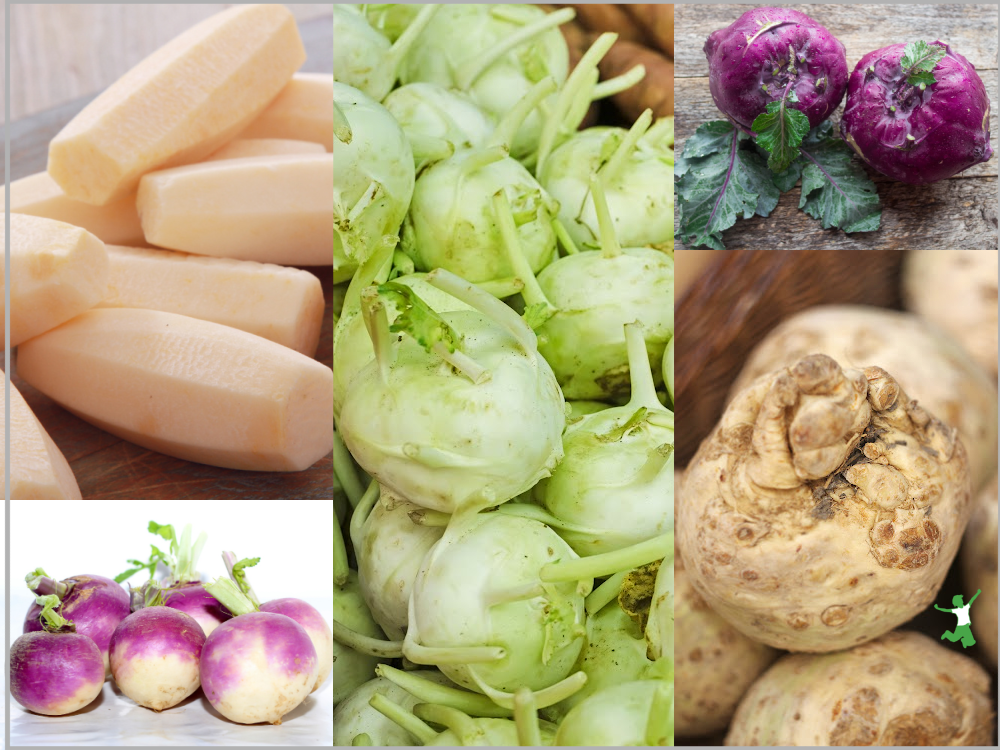
Table of Contents[Hide][Show]
Five healthy, delicious potato substitutes that are non-starchy with very similar texture for all your low-carb, gut-healing, or keto-inspired dishes.

As I was picking up vegetables at our local farm last weekend, I noticed a vegetable I hadn’t cooked in a very long time….kohlrabi.
With my husband on the full GAPS diet for more than five years now (and beginning to reintroduce foods successfully!), I immediately checked my GAPS legal food list for this gorgeous purple crucifer to ensure it was nonstarchy to meet his dietary needs.
Yay! I found it was a-ok, so I scooped some up for my home broth-making endeavors in the coming week.
Why Use a Potato Substitute?
There are a couple of reasons why you might wish to consider using potato substitutes regularly on the home menu.
First, avoiding starchy potatoes is a must if you are eating low-carb or following a keto protocol for a time to lose a few pounds quickly.
Secondly, if you have any sort of gut issues, it is important to skip white and sweet potatoes (also very starchy) in the diet.
Starch is very hard to digest for those with any type of digestive issues. It tends to digest incompletely when the gut is imbalanced, leaving plentiful food for pathogens to strengthen and crowd out the good flora.
In a nutshell, avoiding starch, at least in the short term, is important to heal/seal the gut wall and restore the integrity of the enterocytes and the probiotic flora that nourish them…the gatekeepers of our immune system.
For those who have trouble digesting starch or are otherwise eating low-carb to drop a few pounds, a good potato substitute that imparts a similar texture is a must in my experience to avoid cravings that could derail the healing process.
Low Starch Potato Alternatives
Before I identify the 5 best alternatives to potatoes, I want to clarify that potatoes are a healthy, traditional food.
Just because you need to avoid potatoes for a while due to digestive or other health issues does not make them bad!
It just means that you need to go a different path dietarily to get to a healthier version of yourself.
In our home, my husband does not eat white or sweet potatoes due to following the GAPS diet.
However, my children and I eat them frequently.
So, when I am preparing a meal that includes potatoes, I take care to add a side dish of one of these potato substitutes below so that my husband can enjoy the texture of starch without the actual starch.
Kohlrabi
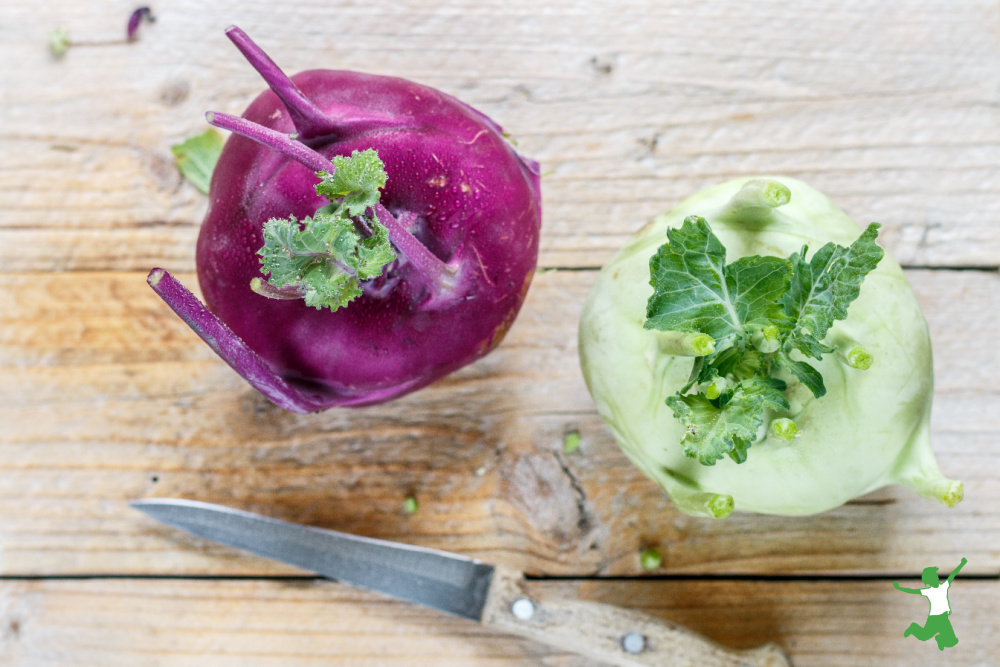
Kohlrabi is a cruciferous vegetable that makes a wonderful sub for potatoes at any meal.
Just be sure to always cook it!
Cruciferous vegetables are best never eaten raw due to the high goitrogenic aspects that negatively affect the thyroid and block the uptake of iodine.
The heat from cooking deactivates roughly two-thirds of these substances in kohlrabi, rendering it more digestible as well as thyroid-safe.
My favorite way to prepare is to toss one or two into a pot of simmering pot of homemade meat stock for a one-pot meal.
When your stock and slow-cooked meat are ready, so are your veggies!
Turnip
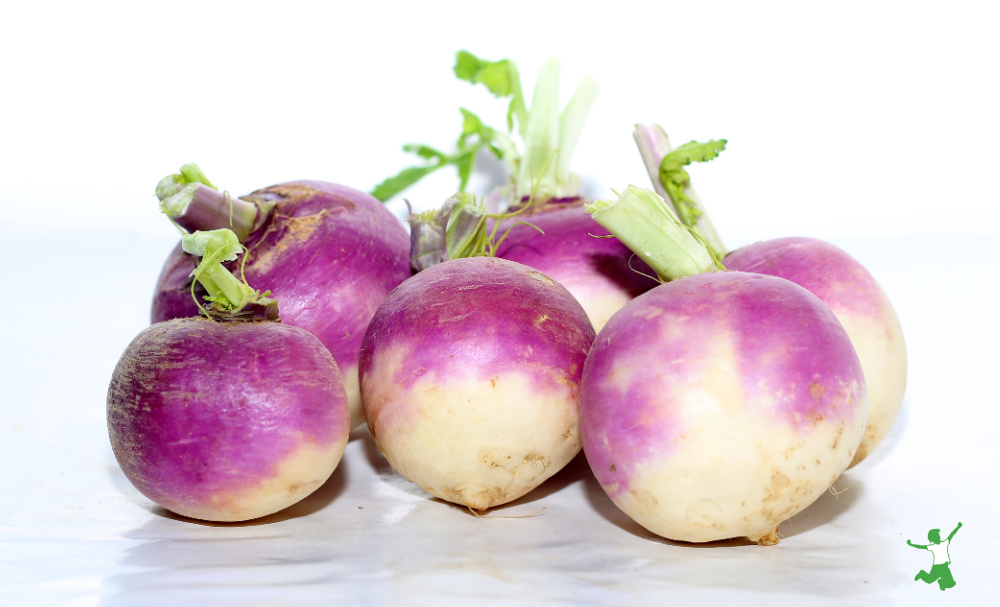
Turnips look a bit like purple kohlrabi, but are distinguished by a mixed purple and white appearance.
In addition, turnips have the greens coming off the top in one spot. This compares to kohlrabi which has a single stalk growing out of multiple places on the root.
The turnip has a unique flavor that takes some getting used to according to my taste buds.
My husband and one of my boys absolutely love the flavor of turnips, but I am not a fan. I find the flavor incredibly strong and a bit disagreeable even after cooking.
While my husband likes to simmer them in a pot of homemade bone broth, I prefer to chop and roast them separately in butter. To me, the strong turnip flavor easily becomes infused with broth or soups to negative effect.
In short, turnips are definitely a personal preference! But, just because I don’t care for them, don’t be put off. You might love them!
If you cook for the whole family, one of the other choices on this list is probably a good idea to please everyone.
Rutabaga
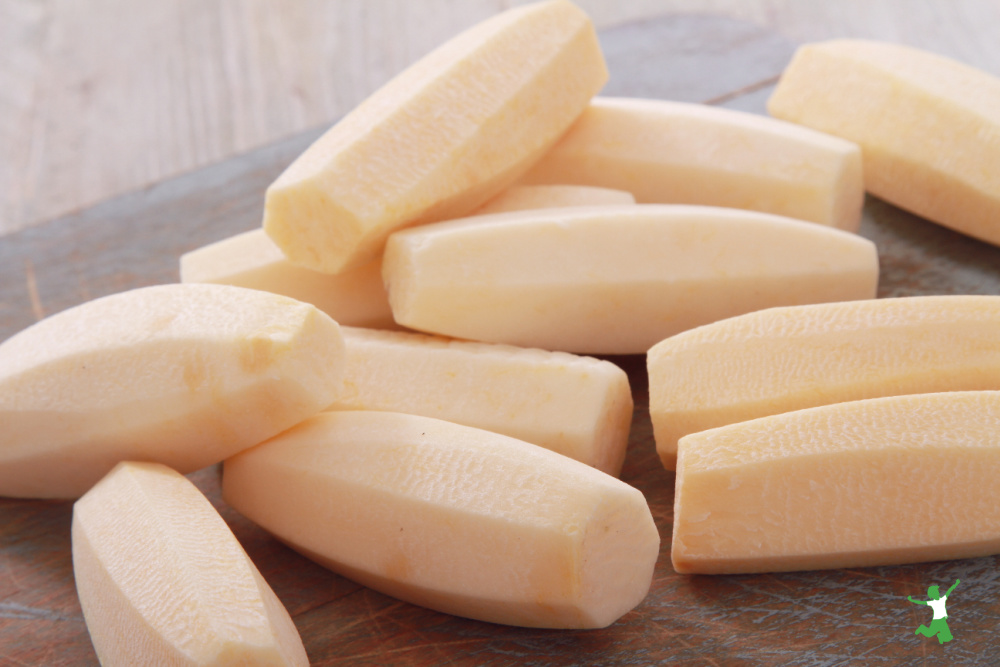
Much sweeter and milder than turnips and kohlrabi, rutabaga is my favorite potato substitute.
Legal for all phases of the GAPS diet, this nonstarchy root vegetable even looks like a potato when peeled and ready to cook.
You can peel, chop and boil them until soft and then mash with butter and milk to make low-starch mashed potatoes.
Another tasty option is to peel, chop and roast rutabaga in the oven with butter, sea salt, and pepper until soft for a baked potato-style side dish.
Cauliflower
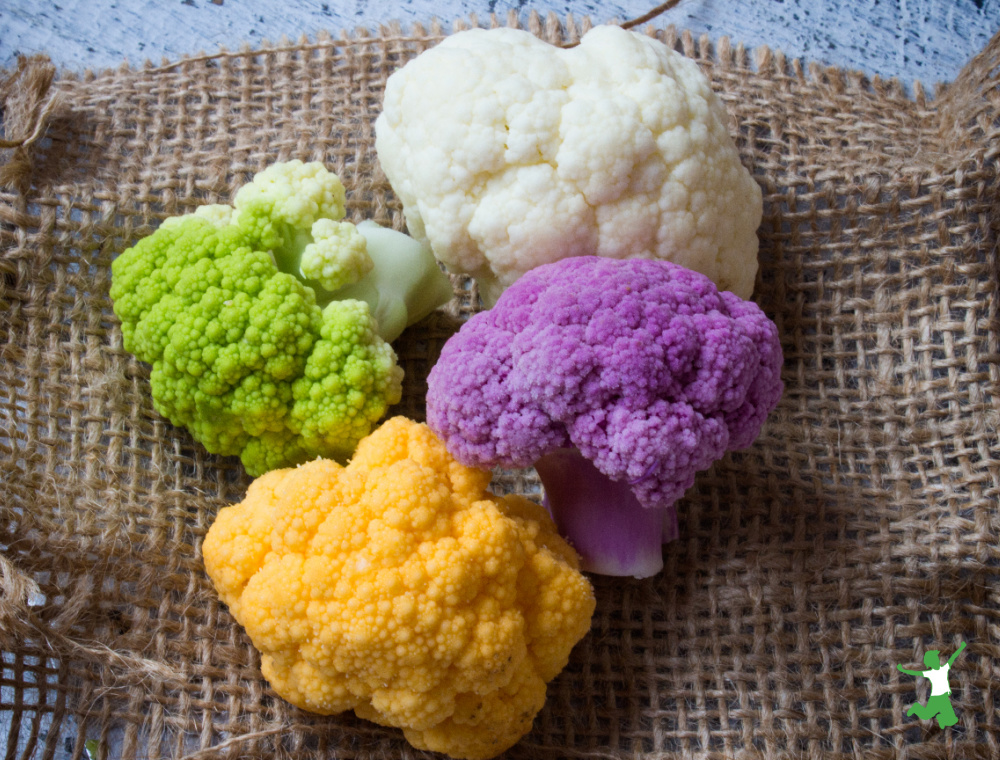
Cauliflower is perhaps the most popular low-starch potato substitute that is most widely available in supermarkets.
If you are eating low carb to heal leaky gut, however, note that cauliflower florets only are permitted for all 6 stages of the GAPS Intro Diet.
GAPS Intro Diet stages 3-6 incorporate cauliflower stalks as well. (1)
Keep this in mind if you wish to use this tasty crucifer as your potato substitute of choice.
Cauliflower mash (just chop, steam until soft, and mash with butter, sea salt and pepper) is probably the best-known dish for low carbers who are avoiding white and sweet potatoes.
Cauliflower rice is another fave as a side dish.
Note that like kohlrabi, cauliflower is a cruciferous vegetable. Thus, it should only be consumed thoroughly cooked to reduce goitrogenic substances that negatively affect thyroid function.
Celeriac
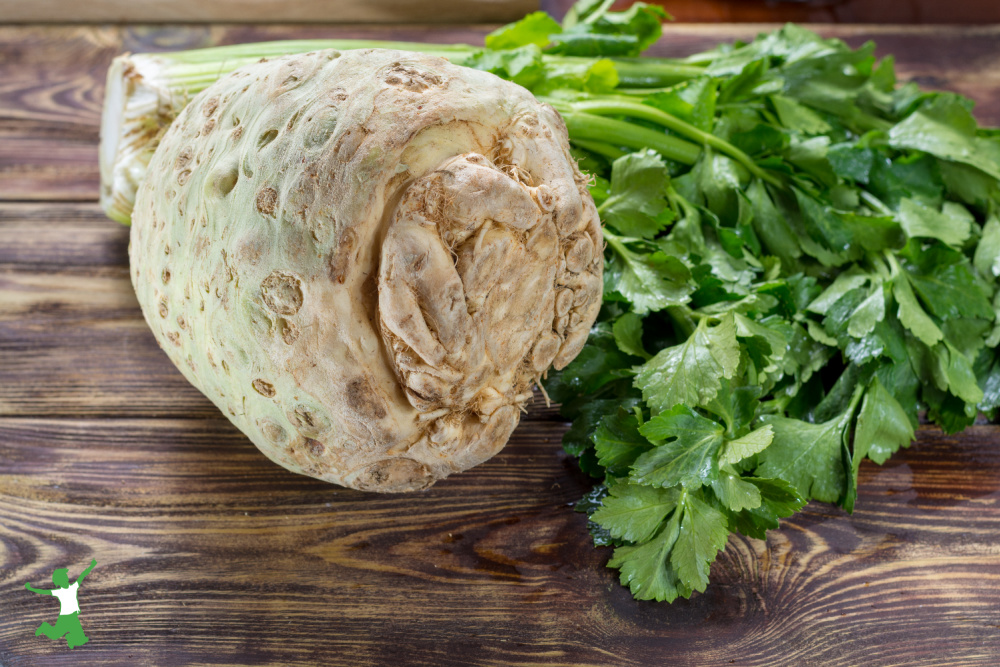
Perhaps the least known of the potato alternatives, celeriac is a wonderful option to consider.
Like cauliflower stems, celeriac is reserved for the later stages of GAPS when some gut healing has occurred. (1)
However, enjoy it anytime as a potato sub if you are low-carb for weight management purposes only.
As you may have guessed from the name, celeriac is actually the root bulb of the celery plant.
Hence, it’s more common name … celery root.
Thus, if you have your own garden, growing celery is smart. You can use the entire plant from root to stem to leaves.
Despite the popularity of celery, celeriac is actually fairly unknown to most people!
The great thing about it is that it is safe to eat raw too, unlike other potato substitutes like kohlrabi and cauliflower, which need to be fully cooked.
Another tip. Celeriac tastes a lot like parsnips, which is not allowed at any of the 6 stages of Intro GAPS or even the regular GAPS Diet due to its higher starch content. (2, 3)
Thus, if you are on this gut-healing diet and miss parsnips as well as potatoes, celeriac is definitely a good choice as a substitute for both!
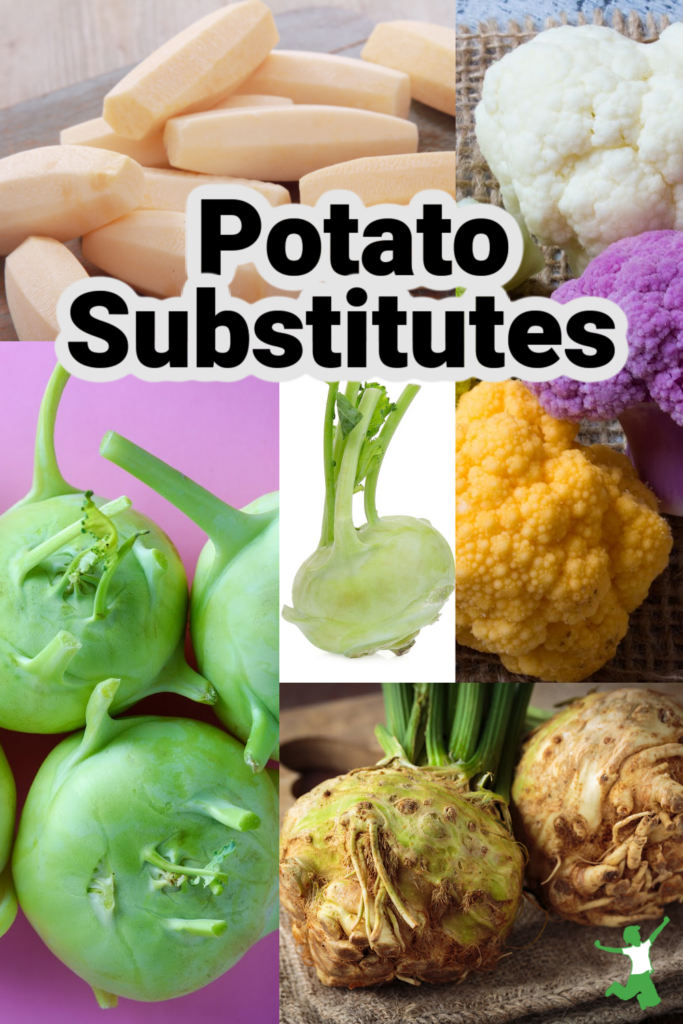
(1) GAPS Intro Meat and Potatoes
(2) Regular GAPS Diet food list
(3) Gut and Psychology Syndrome